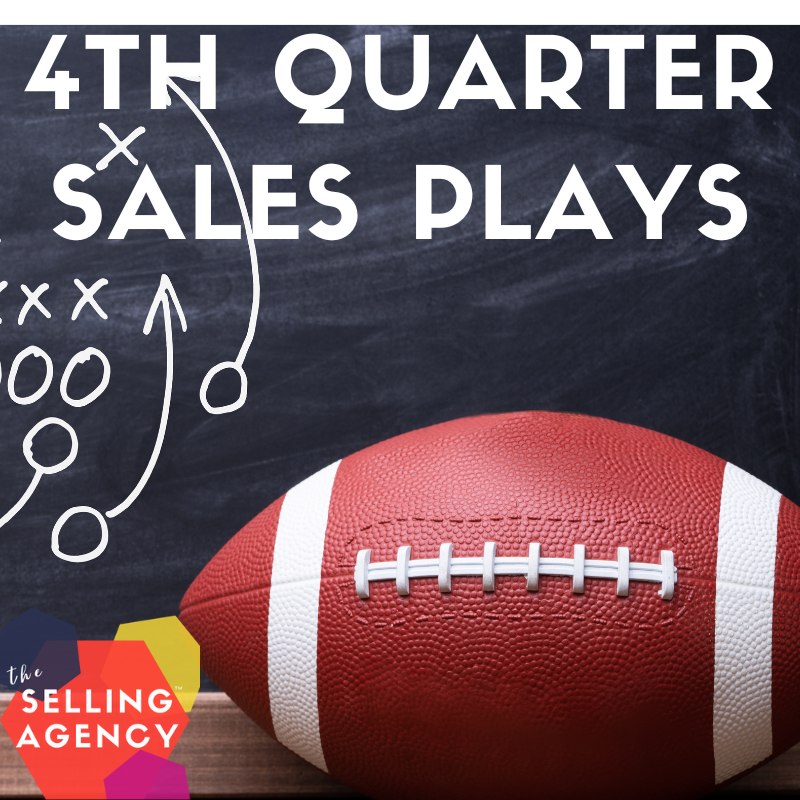I can usually diagnose problems pretty quickly. I work hard to do so because of that whole “time is money” theory. I like to think it’s a combination of listening, experience, perception, and intuition that makes me a keen consultant. Like a bloodhound for revenue issues . . . but one that loves a good latte.
One problem I sense immediately when I step onto a sales floor or bullpen is what I have dubbed “Quiet Selling Syndrome”. I get squirmy when I walk into a room with outside salespeople because of two things: the salespeople are all there, and it’s too quiet.
I’m not expecting those frenetic scenes from movies like Wolf of Wall Street, Boiler Room, and The Pursuit of Happiness . . . though very realistic of those periods; we’ve come a long way from most of those intense sales tactics.
Still, the phone is THE number one tool for sales communication. We have access to incredible data and tech tools, such as social media, CRMs, et cetera, but the PHONE is still king for communication. A study by Salesforce .com, cites 92% of customer interactions happen over the phone.
So, when I’m walking through the room full of sellers at 10:30 am on a Tuesday and see no empty seats with almost everyone staring at their computers, I can’t help but think we have identified a probable cause for slow revenue.
I’ve observed and shadowed dozens of sales pros to see how they spend their day and the results might make your toes curl.
This is a nonscientific survey of mostly small business sales teams of 20 or less but it aligns with results from firms such as Cirrus Insights – which suggests salespeople spend less than half their day selling. And is more closely resembles results from The Alexander group which states that sellers spend less than 15% of their time engaging with customers and building relationships.
Yikes – less than 15% of their sales day talking to customers?
That can’t be right.
Oh, but it is.
I can show you sales floors with sellers staring at their computer screens to illustrate that point.
But WHAT ARE THEY DOING?
I’ve asked and in their own words, they’re –
- Researching Prospects
- Crafting Emails
- Answering [internal] Emails
- Connecting on LinkedIn
- Engaging on Social Media
- Filling Out Reports
- Prepping for Calls
- Logging activity in their CRM
- Talking to other salespeople about how they would approach this prospect
- Handling operations/productions issues around client orders
- Dealing with billing/accounting issues for current clients
- Complaining about crappy leads
- Complaining about lack of leads
- Complaining about the Website
- In meetings
- In training
Wow. Sounds like a lot . . . of ways to avoid picking up the phone and talking to people.
And for outbound sales programs, this is a circular problem.
Why is everyone sitting here, behind their computers, in the office?
Because they don’t have any meetings, they’re not getting face to face with prospective new customers . . . because they’re not picking up the phone – which is where you make meetings happen.
Many sellers today are hiding behind their desks. They’re hiding behind email – hoping their magic messages create incredible responses (which, truthfully, can happen, occasionally, and with stellar efforts). They’re spending a lot of “hope” on social media thinking “likes and shares” will win them favor with their 2,329 connections. They’re hesitant to make calls without all the right information and are researching prospects to death – which, of course, yields zero results.
There are 3 root causes of “Quiet Selling Syndrome”
Leadership: In small organizations, often there is no sales leadership to maintain sole focus on sales productivity and supporting the sellers. The business owner is the chief sales officer, in addition to being the CEO and about 38 other things. When your principal leadership is pulled in many directions OR is actually doing what they should, which is steering the vessel, it’s hard to have a productive and effective sales team. Sellers – even the best ones – need direction, feedback, motivation (beyond commission), and inspiration to stay focused and achieve their goals.
If you’re the business owner and you’re overseeing the sales team, how would grade yourself as a full-time sales director? How much time and effort are you pouring into your sellers? Your revenue should be your top priority. If you’re struggling to make that happen with your sales team, it might be time to outsource that role (hint: we have some ideas on how to make that happen).
Sales Process: If your sellers are spending their time doing everything BUT contacting prospective customers, part of the problem might be that they are lost or lacking direction in a sales process. Without a road map that defines the successful activities and tools necessary to reach, compel, and convert customers, your sellers are spending their time guessing at what those next steps might be. And because no one-off email or LinkedIn message is usually successful, they flounder in this state of “what to do” when what they’ve tried hasn’t worked. Without more plays to execute, their persistence falters (and then you hear complaining about not having enough prospects).
Have you documented what your stellar sellers do to reach, compel and convert customers? Do you have a bounty of resources and sequences that help your sales pros to be productive, effective, and successful? No? It’s critical to dedicate the time to create your company’s Sales Playbook. (hint: we have some thoughts on a solution for that too).
Wrong Players: It could be that your sales are sluggish because you’ve got the wrong players on your sales team.
The biggest indicator (for me) that a salesperson needs to move on to a different type of role is they always have excuses. Their excuses have excuses – for why they didn’t make the calls or complete the activities necessary to generate opportunities. Reluctance to get on the phone is a red flag. Include some of these activities in your interviews and you can avoid some of these lame ducks.
If you’re the owner/operator/sales director – you may not realize the performance or lack thereof – is because the person/s you’ve hired are in the wrong role. It could be you’ve hired someone who isn’t motivated, they’re not gritty enough to persist, or they have all the capabilities but simply won’t do the job. They signed up for a sales role because they want success and financial rewards but aren’t willing to put in the effort. Those are called “order takers” and can be hard to weed out when you’re hiring your sales team. They talk a good game but when it comes to lacing up and putting in the practice or training . . . they’re not in it to win it. Using a 3rd party recruiter or creating a customized candidate assessment tool to measure the personal belief that the candidate WILL perform can improve the quality of your sales bench. (hint: yup, you guessed it; we’ve got tools up our sleeves for this too).
What might seem like a post to shamelessly plug our solutions is actually more of a “which came first” scenario . . . we developed these solutions in response to these prevalent sales crippling scenarios.
Without addressing the minimal activity, lack of phone conversations, and deficiency of customer meetings, your organization will continue to see slow revenue and stagnant sales.
If you walk into your sales department and you see a lot of butts in seats, staring at computers, take a look at the root causes of your “Quiet Selling Syndrome”. We can help you identify and remedy those issues before your sales slump any further.
Call us or email . . . if we don’t answer immediately it’s because we’re taking our own advice – either on the phone or getting in front of our next customers. Our offices are either empty or filled with conversations!
Until next time, stop hoping, start SELLING!
-sks










